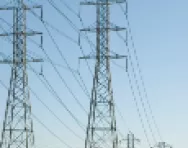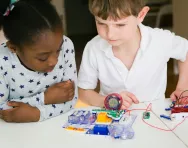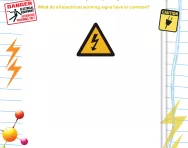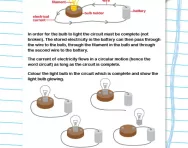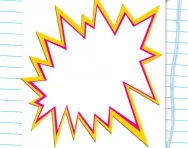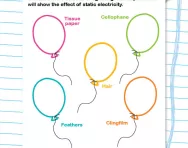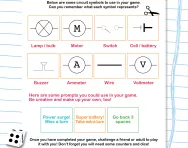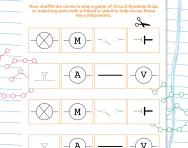Important update from TheSchoolRun
For the past 13 years, TheSchoolRun has been run by a small team of mums working from home, dedicated to providing quality educational resources to primary school parents. Unfortunately, rising supplier costs and falling revenue have made it impossible for us to continue operating, and we’ve had to make the difficult decision to close. The good news: We’ve arranged for another educational provider to take over many of our resources. These will be hosted on a new portal, where the content will be updated and expanded to support your child’s learning.
What this means for subscribers:
- Your subscription is still active, and for now, you can keep using the website as normal — just log in with your usual details to access all our articles and resources*.
- In a few months, all resources will move to the new portal. You’ll continue to have access there until your subscription ends. We’ll send you full details nearer the time.
- As a thank you for your support, we’ll also be sending you 16 primary school eBooks (worth £108.84) to download and keep.
A few changes to be aware of:
- The Learning Journey weekly email has ended, but your child’s plan will still be updated on your dashboard each Monday. Just log in to see the recommended worksheets.
- The 11+ weekly emails have now ended. We sent you all the remaining emails in the series at the end of March — please check your inbox (and spam folder) if you haven’t seen them. You can also follow the full programme here: 11+ Learning Journey.
If you have any questions, please contact us at [email protected]. Thank you for being part of our journey it’s been a privilege to support your family’s learning.
*If you need to reset your password, it will still work as usual. Please check your spam folder if the reset email doesn’t appear in your inbox.
What is electricity?
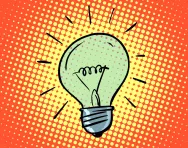
What is electricity?
Electricity is an energy. This energy can be used to power electrical items such as toasters, kettles, cookers, televisions and computer tablets.
Electrical energy is caused by electrons (the particles in atoms) moving about to make a current.
What do children learn about electricity in primary school?
Electricity can be created in a variety of ways such as:
- burning fossil fuels (oil, gas, coal) at power stations,
- using wind power generated by wind turbines,
- using solar power generated by the sun,
- using water power (sometimes called hydropower) generated by running or falling water.
Electricity is transported to our homes, schools and places of work through wires and cables.
Electricity can also be stored in batteries (sometimes called cells).
Primary-school children also learn about simple series electrical circuits. A simple series electrical circuit is a circuit for electricity to flow around as shown in the diagram. It's simple because the circuit is a single wire running from a battery to a bulb and back again.
The diagram shows a battery (cell) with wires connecting it to the bulb.
Some of the electrical vocabulary your child will learn to use includes these terms:
Current: this is the amount of electricity flowing through the circuit (basically a flow of electrons moving in a loop in the circuit). It can be measured using an ammeter and measured in amps.
Voltage: is the difference in electrical energy between two parts of a circuit. It can be measured using a volt meter and is measured in volts. The bigger the voltage, the bigger the current. Large electrical items need a higher electrical voltage and current than smaller items.
Some objects conduct electricity; this means they allow electricity to flow through them easily. These are called conductors. Metal items such as spoons, paperclips and coins are good conductors.
Other objects do not allow electricity to flow through them easily; these are called insulators. Rubber, paper and some plastics are examples of insulators.
Semiconductors like silicon conduct or block electricity at different times and are used in electronics.

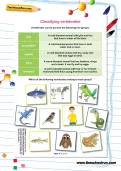
Download fantastic science resources today!
- Experiments And Science Fun pack
- Lots of activities for your child's school year
- All the instructions, questions and information you need
When are children taught about electricity in primary school?
In Year 4 children will explore electricity.
- They begin to identify items that run on electricity such as laptops, mobile phones, televisions, etc.
- Children will learn how to construct a simple series circuit.
- They will learn about electrical safety.
- They will identify some conductors and insulators.
- Children will understand that a switch opens and closes a circuit.
In Year 6 children will consolidate their electrical knowledge.
They will learn about voltage and currents and learn to draw electrical circuits using symbols.
How are children taught about electricity in the classroom?
Children may complete activities to sort items according to whether they run on electricity (this might be using pictures or actual items).
In the classroom, children will usually enjoy explore electricity by using batteries (cells that make electricity), wires (often with crocodile clips so they are easy to attach), bulbs, switches (they turn circuits on and off, stopping the electrical current from flowing) and buzzers to create simple series circuits. They may investigate how to make the bulb brighter or buzzer louder by adding more batteries or find out if the bulbs dim when more bulbs are added.
Electrical safety will be discussed as a class or in groups; children might watch video clips or create safety posters.
In Year 6 children will draw electrical circuits using symbols.
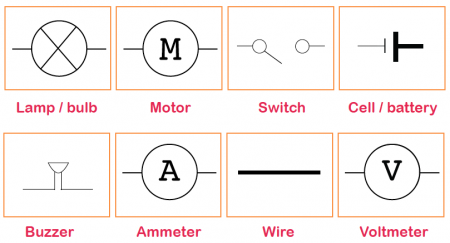
Electronics activities for at-home learning:
- Give children a pack of Post-it notes and ask them to label all the items in your home that run on electricity.
- Record all the items you use that run on electricity during a day.
- Look at an old catalogue or magazines and cut out pictures of all the items using electricity.
- Wired is a free puzzle-platform game where you wire up electrical circuits to progress through the levels (Windows or Mac computers; needs a keyboard and mouse).
- Discuss what it would be like without electricity. Why not have an electricity-free evening or day and explore alternative ways to light a room, cook food or entertain yourselves?
- Discuss electrical safety and create your own safety posters using paints or crayons.
- If you have an electricity meter or monitor look at this with your child. (This could be especially interesting if you have a smart meter – all homes are to be fitted with smart meters by 2020.)
- There are lots of brilliant electronics sets for kids that will teach your child about circuits and electricity through play.
- Build some squishy circuits with playdough! This TED Talk explains how to turn your kitchen into an electrical engineering lab.









